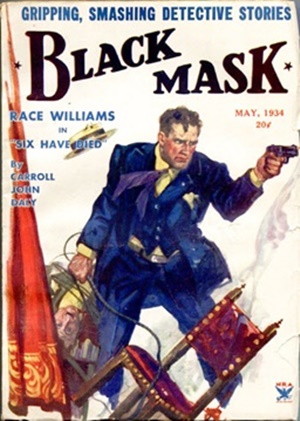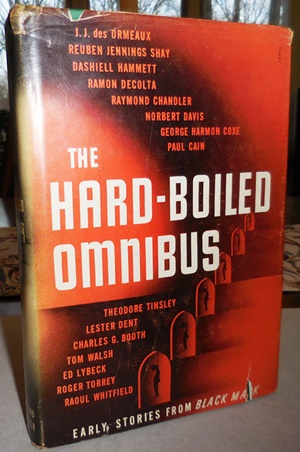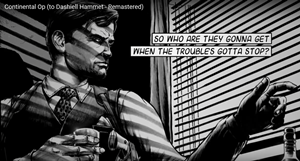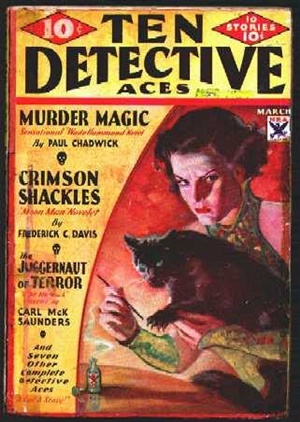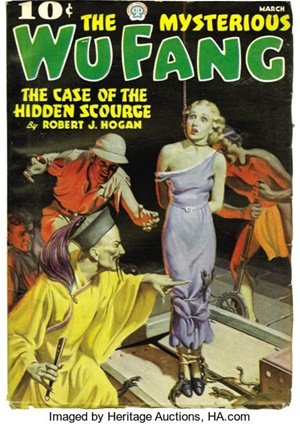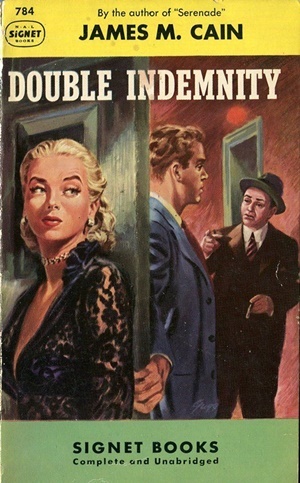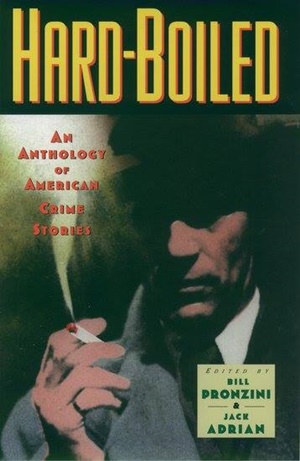A (Black) Gat in the Hand: Back Deck Pulp #6
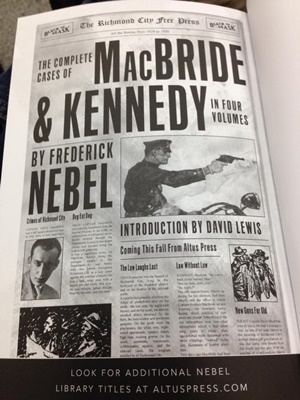 “You’re the second guy I’ve met within hours who seems to think a gat in the hand means a world by the tail.” – Phillip Marlowe in Raymond Chandler’s The Big Sleep
“You’re the second guy I’ve met within hours who seems to think a gat in the hand means a world by the tail.” – Phillip Marlowe in Raymond Chandler’s The Big Sleep
(Gat — Prohibition Era term for a gun. Shortened version of Gatling Gun)
And with only more week to go, here’s the rest of the Back Deck Pulp posts from my Facebook feed – which I used as an unofficial promo for this column. You can read the first five Back Deck Pulp posts by clicking the links at the end of this one.
FREDERICK NEBEL
Frederick Nebel was a prolific, solid pulpster whom Joe Shaw turned to to replace Dashiell Hammett when the latter left Black Mask. Stories featuring Donahue, Cardigan, Gales & McGill, and MacBride and Kennedy were just some of quality work he turned out. I consider Nebel one of the best of the Pulp Era writers.
Back Deck Pulp is reading some MacBride and Kennedy on a pleasant evening. The long running series featuring a hardboiled police captain and a drunken reporter was a Black Mask staple. Frederick Nebel was a first rate pulpster. I already wrote a A (Black) Gat in the Hand post about his ultra-tough private eye, Donahue. And I’ll be doing one for his popular series featuring Cardigan of the Cosmos Agency. (Well: I will if this column makes a return appearance…)
Nebel is one of my top five hard boiled writers.
Today it’s Tae Kwon Do Pulp as Black Belt Recommended Sean Byrne practices. It’s another MacBride and Kennedy story from Frederick Nebel. “Backwash” appeared in a 1932 issue of Black Mask. It’s included in the excellent anthology from Bill Pronzini and Jack Adrian.
